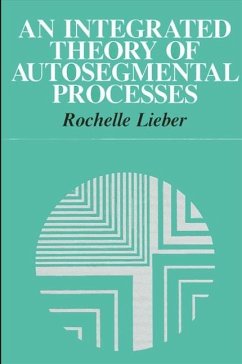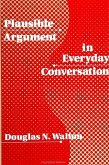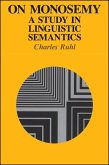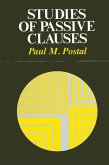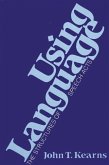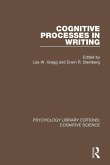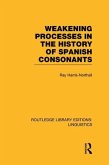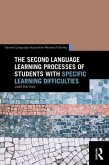This volume resolves an inconsistency that has arisen in the autosegmental theory of phonology and morphology - some versions of this theory allow a single distinctive feature to be duplicated on more than one tier, and others do not. In this book the author affirms that duplication of features should be allowed, but should not be restricted, by a device called the Duplicate Features Filter. She proposes a number of other revisions to current autosegmental theory, and shows how this unified theory can lead to elegant and revealing analyses of such varied phenomena as consonant mutation, umlaut, infixation and the behavior of depressor consonants in tone languages, and vowel and consonant harmony processes. Languages as diverse as Khalka Mongolian, modern German, Zulu, Andalusian Spanish, Terena, Mixtec, Chumash, Fula, Nuer, and Chemehuevi are discussed. Integrated autosegmental theory draws together diverse linguistic phenomena and reveals underlying similarities among them. The result is a concise and detailed work which brings the phenomena of autosegmental phonology and morphology into a single cohesive framework.
Hinweis: Dieser Artikel kann nur an eine deutsche Lieferadresse ausgeliefert werden.
Hinweis: Dieser Artikel kann nur an eine deutsche Lieferadresse ausgeliefert werden.

